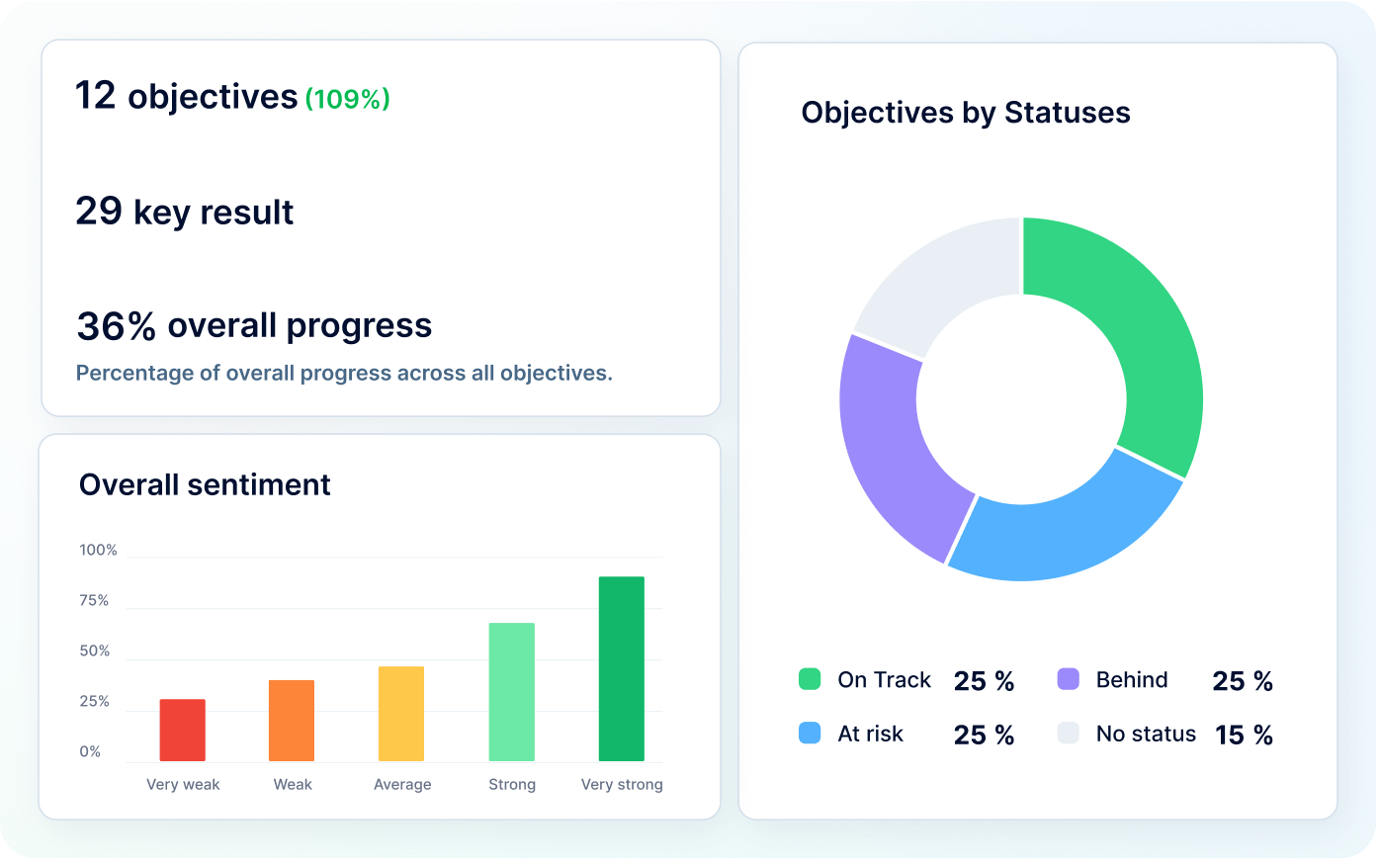
What is the turnover rate and how to calculate it?
Staff turnover is a critical HR metric that reflects the effectiveness of recruitment, onboarding, training, and employee evaluation processes. Tracking this indicator helps identify areas for improvement in talent management. Learn how tracking this indicator can help improve your talent management strategy.
What is employee turnover?
Employee turnover, or staff turnover, is an indicator of how many employees leave the company within a specific period. When employees leave, it becomes necessary to find replacements who not only meet all the job requirements but can also quickly adapt to the new work environment and culture.
High turnover can signal issues with employee satisfaction, recruitment, or onboarding processes, and addressing these areas is crucial for maintaining a stable and productive workforce. Reducing turnover helps improve team cohesion, reduces hiring costs, and ensures long-term success.
The concept of voluntary and involuntary circulation
There are many reasons why employees leave a company, which can be categorized as either voluntary or involuntary.
Voluntary turnover occurs when employees choose to leave the company on their own, such as when they decide to pursue a new job opportunity or career path.
Involuntary turnover, on the other hand, happens when employees are required to leave the company, often due to performance issues, a mismatch with their role, or violations of corporate policies. This type of turnover is initiated by the employer and reflects situations where the employee's continued presence is no longer aligned with the company's needs.
Why is employee turnover important for an organization?
Employee turnover is considered one of the most important metrics in HR and is used quite often. Typically, it is mentioned in a negative light. This is because, with high employee turnover, the costs for the company increase. When some employees leave, they need to be replaced by others. And this is an expensive process.
According to research conducted by the Society for Human Resource Management (SHRM), the direct costs of replacing an employee can reach 50-60% of the employee's annual salary, while the overall costs associated with turnover can range from 90% to 200% of the annual salary.
Why is replacing employees so expensive? To understand this, it's necessary to calculate the costs associated with finding a new person. Replacing employees is an expensive process due to the significant time and resources required from the hiring team. First, the recruitment phase demands a thorough pre-screening of candidates, skills matching, and selecting the most suitable individuals, which is time-consuming and labor-intensive. Once a new hire is brought on board, additional time is spent on onboarding and training, followed by the "ramp-up" period, where productivity is typically lower until the employee fully adjusts. These costs are compounded by the loss of productivity during the vacancy.
Monitoring turnover rates is essential to identify the underlying causes of employee departures early, allowing businesses to take corrective action and prevent high turnover, which can drain both time and financial resources.
The normal turnover rate
Due to the fact that replacing an employee is quite expensive, employee turnover is more often mentioned as a negative phenomenon. But this is not necessarily the case.
If employee turnover occurs because insufficiently qualified workers leave the company, then this is not bad. On the other hand, if good employees leave, it can have detrimental consequences for the company. Therefore, it is quite difficult to say what a normal employee turnover rate will be. It is important to understand the specifics of the company's work and each specific situation. Thus, employee turnover is always assessed in context.
The average turnover rate is difficult to determine also because this indicator can vary significantly across different industries. As reported by the U.S. Bureau of Labor Statistics, the average rate in the country is 12-15% per year. And statistics from LinkedIn indicate that the global average turnover rate is 10.9%.
However, in industries such as the hospitality business or retail, turnover is significantly higher. The reason is usually that this segment of the market is often occupied by students or part-time employees. Ultimately, these people find other jobs.
To learn more about employee turnover rates in various industries, you should check out the statistics provided by Daily Pay.
How to properly calculate employee turnover?
The turnover rate is the percentage of employees who have left the company over a specific period of time. Typically, this indicator is calculated on a monthly or yearly basis.
To calculate the turnover rate, it is necessary to divide the number of employees who left the company by the average number of employees during the specified period. Then this number is multiplied by 100%.
The average number of employees is calculated as follows: the number at the beginning and end of the period is summed and then divided by two.
Thus, to calculate the turnover level, we will need the following variables:
- The number of employees who left the company during the specified period of time (voluntarily or not).
- The number of employees who were working at the company at the beginning of the specified period.
- The number of employees who were working at the company at the end of the specified period.
The final formula for calculating the turnover rate is as follows:

Why is HR process automation essential for managing employee turnover?
Automated HR platforms play a key role in tracking and analyzing employee turnover. They enable you to:
- Quickly access up-to-date data on resignations, turnover reasons, and team trends.
- Analyze workforce dynamics and identify problem areas affecting employee retention.
- Automate exit surveys to gain accurate insights and make informed decisions.
- Optimize onboarding and career management processes to reduce turnover.
Implementing an HRM system helps not only track turnover but also prevent it by enhancing employee experience and improving workforce management. Make sure you have the right tools in place – if your turnover rate is high, it might be time to explore new solutions. PeopleForce can help. Book a free demo with our experts and discover how to improve your team’s stability and performance.
Summary
The turnover rate serves as a vital indicator for detecting potential personnel issues within a company. By closely monitoring this metric, businesses can identify and address problems early, such as ineffective recruitment, onboarding, or employee dissatisfaction, before they escalate. Reducing turnover not only saves time and resources spent on replacing employees but also helps maintain a stable and productive workforce. Proactively managing staff turnover enables companies to create a more efficient, engaged, and cohesive team.
Get started with PeopleForce today
Automate your HR routine to create a high performance culture in your company. PeopleForce is your best HRM alternative to stay business driven but people focused.

Recent articles
Essential HR metrics you need to implement today
This article explores essential HR metrics for evaluating the performance of HR managers, focusing on key indicators such as employee turnover rates, recruitment efficiency, and engagement scores.
10 reasons why you need cloud-based HR software
What are the business benefits of cloud-based HR platforms and why you need them in 2023.

